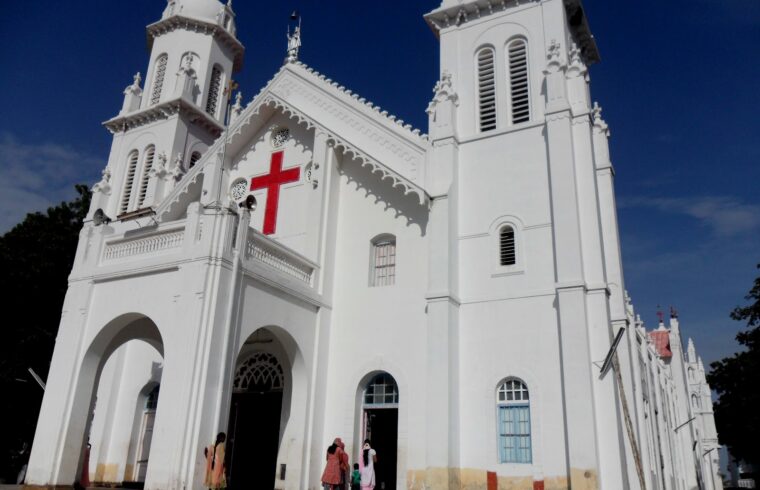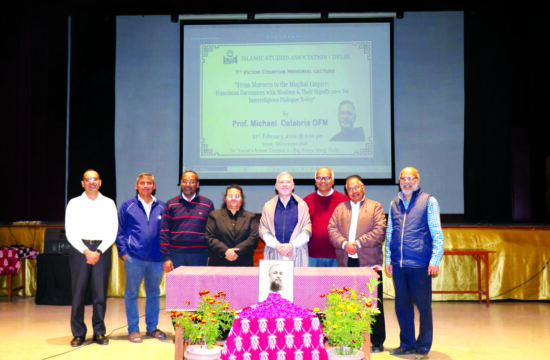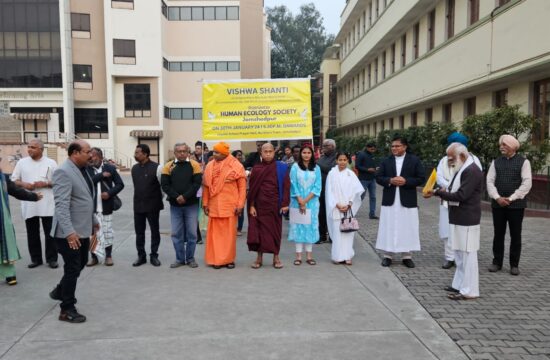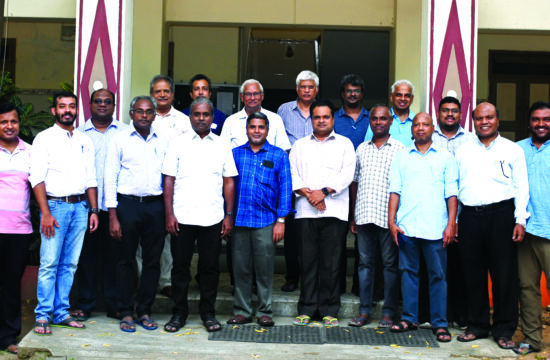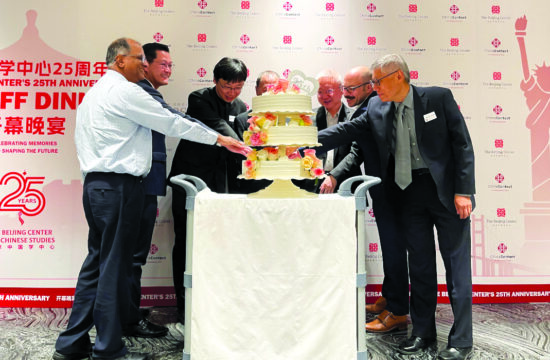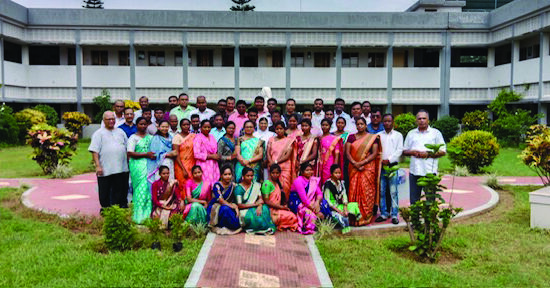The shrine of St. John de Britto, erected at the spot where he was martyred, at Oriyur, Tamil Nadu, India has been declared a Minor Basilica by the Church. Bishop Lourdu Anand of Sivagangai read out the official letter on 5 December ’23 at the cathedral in Sivagangai.
John de Britto hails from Portugul. He was born on 1 March 1647 as the son of a duke, who was close to the king. Together with his two brothers he was chosen to be the companions to the prince in the court. When he was eleven, he fell seriously ill. When all hope of recovery was lost, his saintly mother prayed fervently to St Francis Xavier: “If my son gets cured, I will make him wear a cassock like St Francis Xavier.” John recovered miraculously and his grateful mother fulfilled her promise and made John wear the Jesuit cassock for a year.
Wanting to become a Jesuit just like St. Francis Xavier, John joined the Jesuit novitiate in 1662 in Lisbon. He was sent to the theologate in Coimbra where Fr. Balthazar de Costa, who had earlier worked in India, explained about the mission in India. Britto was inspired to set out to India as a missionary. In Goa, India he completed his theological studies and was ordained in 1673. .
John wanted to work in the poor, barren, perennially sun-scorched area of Marava in Tamil Nadu and was sent there in 1686. Arul, being the Tamil equivalent of John, the local people called him ‘Arulanandar Swamy’. While he tasted initial success in his ministry, he had to face the wrath of the chief minister of Marava who had him arrested and tortured. He was ordered not to preach his new religion.
He was, however, set free later with a severe warning by the King of Marava, Sethupathi. On 8 September 1687, he went back to Portugal but returned to India three years later.
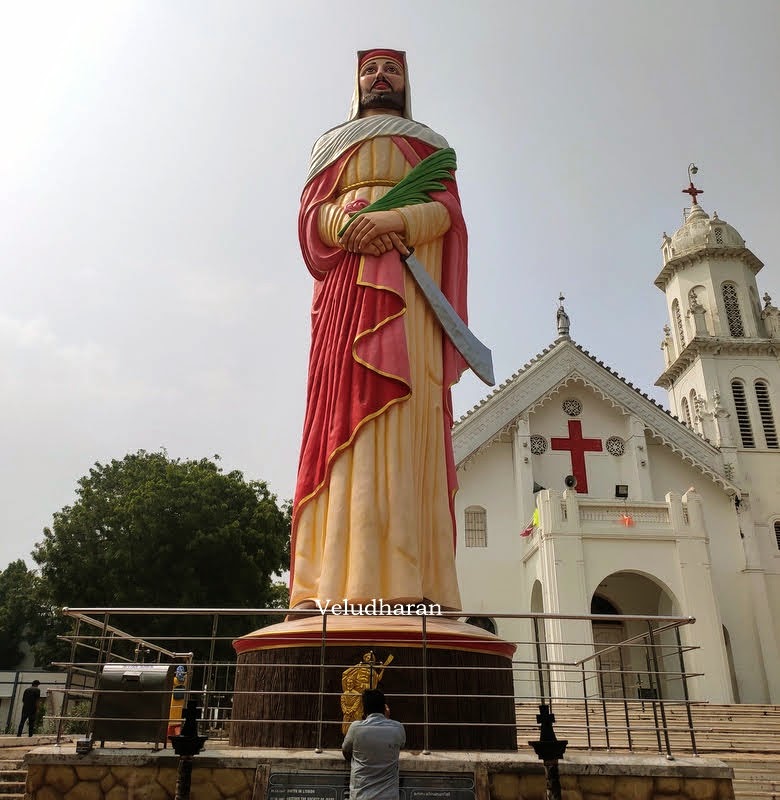
Thadiya Thevan, one of the Marava princes, who was down with a deadly disease, had come to know of Britto’s power to heal the sick. He wrote: “Please send me at least one of your disciples, even if you are not able to come.” Britto sent a knowledgeable catechist to pray for him. The prince, who was miraculously cured, asked to be baptized. Since the Christian faith does not allow a man to have more than one wife, Thadiya Thevan, who had four wives, was ready to keep his first wife and send away the other three. One of the three was Kadalayi, the niece of King Sethupathi. She complained to the King who ordered the immediate arrest of Britto.
Fearing an uprising from Christians, now led by Thadiya Thevan, the prince who had become a Christian, the King said Britto will be exiled but secretly had him taken to Oriyur and beheaded. After his martyrdom it was reported that the sand in the area became red. Pilgrims began to come in large numbers to the spot and reported they were cured after praying to the martyr-saint.
Britto was beatified by Pope Pius IX on 8 April 1862 and was canonized by Pope Pius XII on 22 June 1947. His feast is celebrated on 4 February, the day he was beheaded. Hundreds of pilgrims come to the shrine throughout the year to pray for healing or the gift of a child. Seeing that a large percentage of these pilgrims are non-Christians, the Tourism Department of the Tamil Nadu State Government has recognized this Shrine as a sacred tourist spot.
Fr. Albert Muthumalai, SJ, superior of the Shrine, said the news has made all the Jesuits very happy. He thanked all those who had worked in the past to have the Shrine raised to the status of a Minor Basilica.


